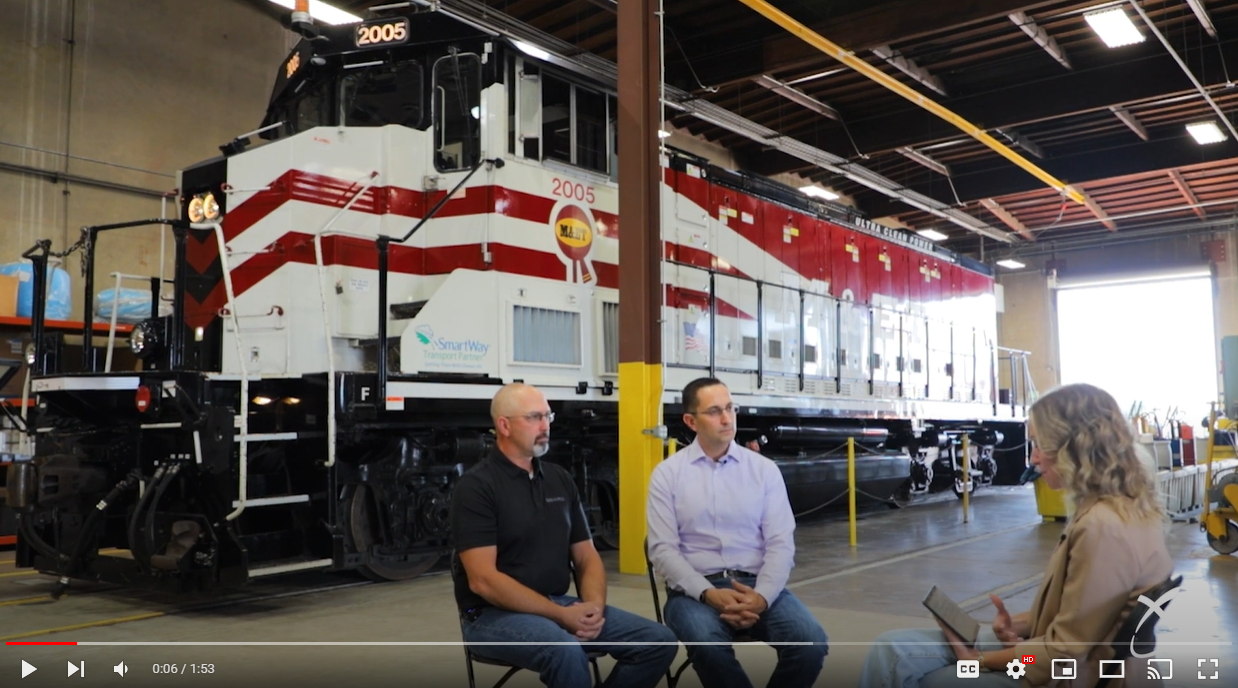Increasing Visibility through Wi-Tronix and Ask Rail
November 21, 2023

Posted by Chad Jasmin
As a partner in the “remote monitoring for rail vehicle data” space, I believe there is an opportunity and responsibility to help modernize our short line partners and integrate train data into Ask Rail.
I see a day where Wi-Tronix is securely feeding our customer data into Ask Rail, providing first responders with additional information before their on-site arrival. This collaborative safety app for the first responder and Class I community provides immediate access regarding the emergency and rail situation, such as if hazardous materials are being transported and need to be considered during the response.
However, Wi-Tronix could enrich the data that first responders receive, allowing even faster, better decisions to be made.
Innovation is a core pillar and, of course, safety is a part of our mission. We’ve worked one-on-one with customers to create customized onboard alerts which are alerted to our customers in real-time; I see these exact alerts being highly valuable for the first responder community as well. Some examples of these alerts include:
- Engineer Initiated Emergency
- Conductor Initiated Emergency
- Engineer Initiated Emergency with Impact
- Conductor Initiated Emergency with Impact
- Train Line Emergency (PCS)
- End of Train (EOT) Emergency
… and more
Just imagine for one moment: A crossing incident/accident has occurred, Wi-Tronix triggers an Engineer Initiated Emergency with Impact at [X] crossing. 911 has been called and first responders are now deploying to the scene.
At the same time, Wi-Tronix has provided information via Ask Rail, such as the Train Symbol, and Ask Rail is able to provide first responders with this information along with HAZMAT and position… all before being on scene.
As a railroader with Wi-Tronix deployed, what decisions have you been able to make with real-time visibility before arriving on-scene? We live in a digital age and require information at our fingertips in real time. It allows critical decisions to be made.
Short lines operate on over 47,000 route miles, or 29% of freight rail in the United States. There are opportunities available right now for us to advance the technology of short lines, and they should be taken advantage of.
